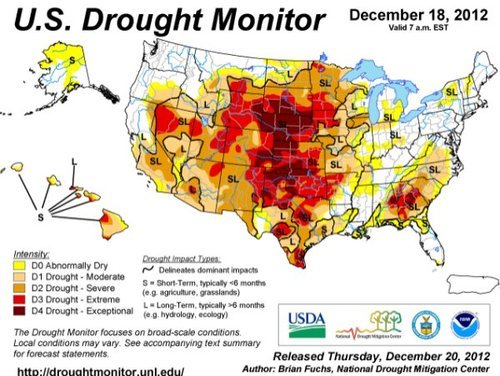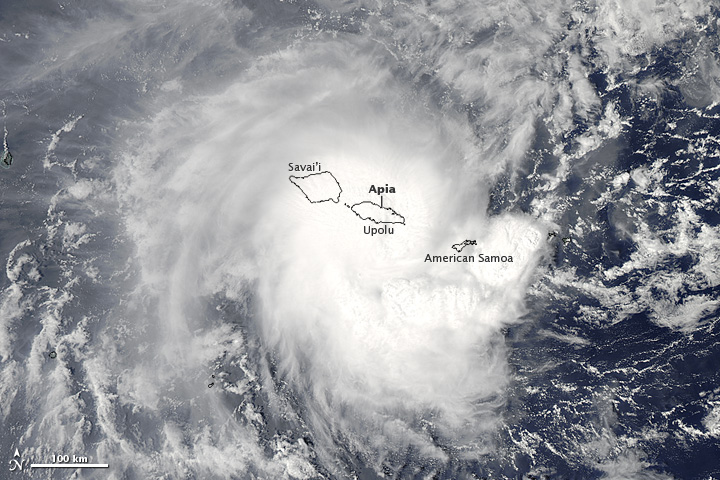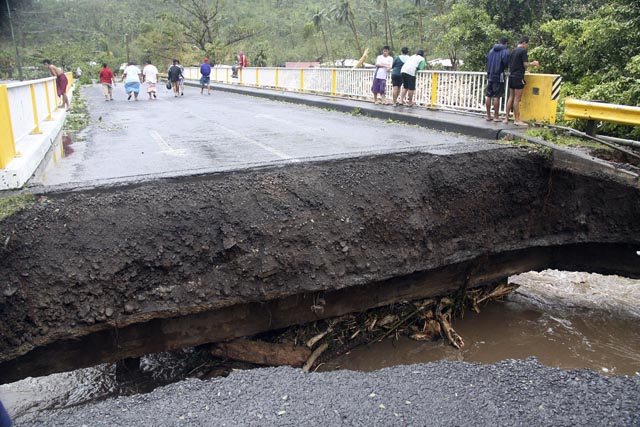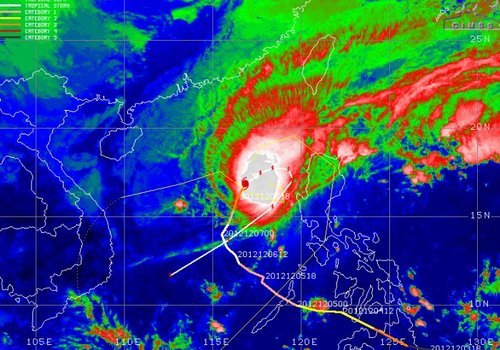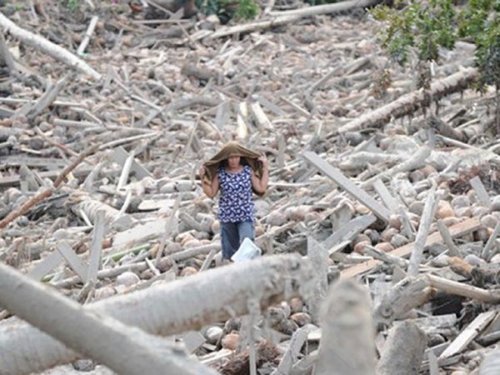Intense Heat Wave Continues in Australia
A significant heat wave has remained in place for most of Australia’s southern half, this past week. The large ridge of high pressure has kept about 70-80% of Australia under extreme high temperatures (over 40°C) and in turn has created dangerous conditions in which bushfires can occur. Total burn bans were in place for a few communities in the southern half of Australia and firefighters are on high alert. As of Friday there were 142 bushfires burning in New South Wales alone and 29 of them were 0% contained.
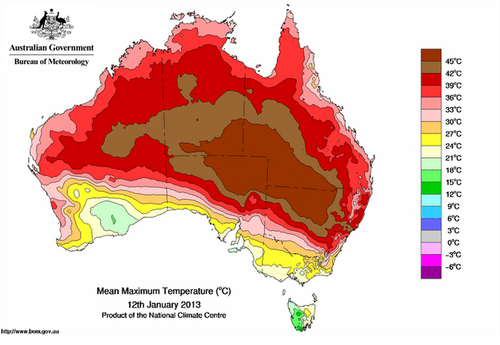
Residents of Tasmania have been experiencing similar weather conditions this New Year, contributing to a massive brushfire that had been raging through a large area of its south-eastern peninsula two weeks ago. Here, 1,000 people had to be rescued by boat from their homes. The damage in that area has not yet been tallied, but at least 20 houses, including a school, has burned down to the ground and at least one person is confirmed dead.
On Friday, January 4th, the village of Wudinna, located on Australia’s southern coast, reached extreme temperatures of 48.2°C, and various other cities broke their daily temperature records as well. Adelaide recorded all-time January high temperatures on the same day as the mercury rose to 44.1°C. Even more impressively, on January 12th Moomba (South Australia) managed to reach a temperature of 49.6°C – Australia’s hottest temperature in 15 years. The average temperature for Southern Australia ranges between 25°C and 35°C in January, and a little cooler for areas along the coast. This past week, Australia’s Bureau of Meteorology even had to go to the extreme by changing the temperature scale on their maps because temperatures constantly exceeded the scale during this intense heat wave.
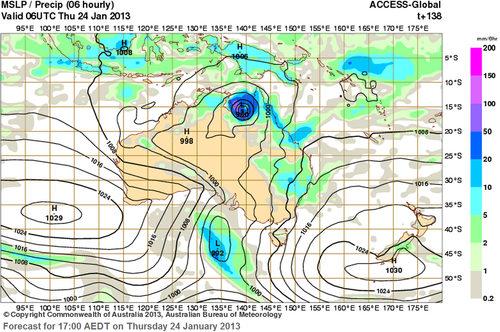
Although it is not uncommon to see heat waves affecting specific areas of Australia, to see between 70 and 80% of Australia experiencing a significant heat wave such as this one, is not a common sight. Significant heat will persist into next week before a large trough moves into the region and brings an end to the sweltering heat by next Friday. Interestingly enough, models are also showing a tropical cyclone forming off the Australia’s North Coast around the same time that the heat is predicted to come to an end.
